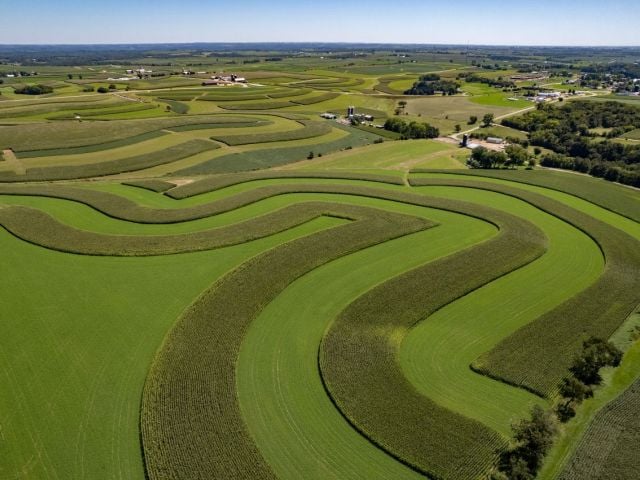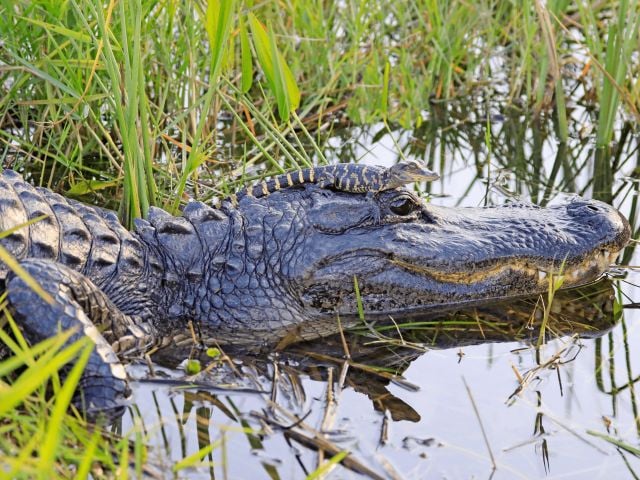
The sun beamed over Washington, DC on this first morning in May. Riding my bicycle through the usual rush hour traffic, I stopped for a red light on 15th street. A 40-something year-old man entered the crosswalk, only to be rudely honked at by an aggressive truck driver who didn’t want to wait to make a left turn. The pedestrian dodged the front end of the rapidly approaching vehicle and yelled, “I have the right of way!” But his words disappeared in the drone of traffic, as the truck driver proceeded to scream some nasty remarks (that I will not repeat here) at the lone pedestrian.
I threw my arms up in the air and yelled towards the truck driver, “Just chill out; it’s a beautiful day!” The woman sitting in the car next to me shook her head in disapproval as she leaned out of her window and said to me, “That pedestrian had the right of way.” The light changed and I continued pedaling up 15th street.
It’s an all-too-familiar scene of early morning road rage. There are some very good natured people who will regress into an outright fury when sitting behind the wheel in the midst of heavy traffic. Though not entirely immune to aggressive tendencies themselves, pedestrians and bicyclists too often get caught in the middle of this dog-eat-dog traffic pattern. Hit-and-run deaths have increased by 20% since 2000.
I worry that intimidating, uncomfortable, or just plain dangerous conditions may discourage some from low impact transportation methods. In our car-centric country, not carrying several hundred (or several thousand) pounds of metal can make a person feel pretty vulnerable.
But cities can take steps to make non-motorized transport more comfortable for users. Wide sidewalks with trees, sculptures, water fountains, and benches encourage walking, as does traffic calming. Cities that provide bicycle access to public transit, adequate bike-locking facilities, well-maintained trails, and basic hazard removal (grates, potholes, broken glass) see an increase in the percentage of people who choose to bike.
The Non-motorized Transportation Pilot Program included in the SAFETEA-LU transportation bill will study the effects of implementing non-motorized transportation infrastructure in four U.S. cities, with a specific focus on reducing costs, traffic congestion, and other negative effects associated with automotive transport.
I’m excited to see the results of this study. It’s about time we look deeper into the transportation troubles faced by bike/ped folks who must maneuver in hostile streets designed primarily for the auto.



